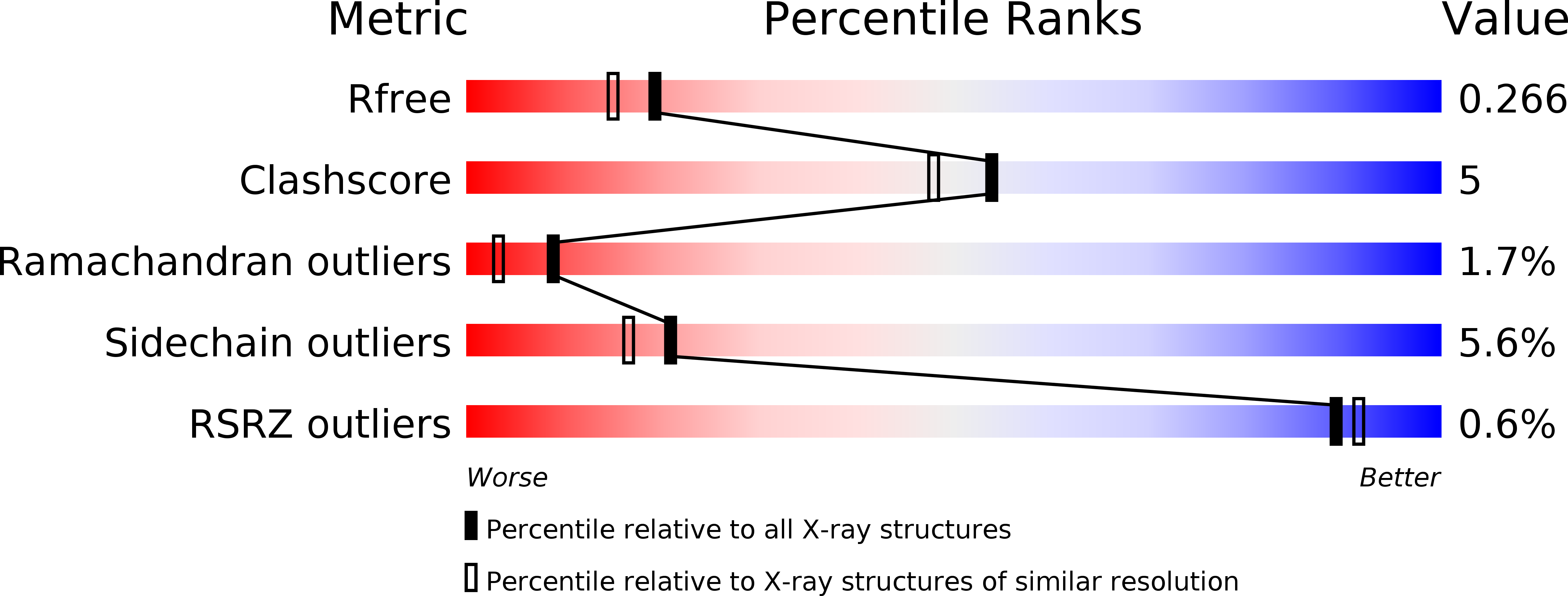
Deposition Date
2016-05-09
Release Date
2017-05-17
Last Version Date
2023-09-27
Entry Detail
PDB ID:
5JTF
Keywords:
Title:
Crystal structure of ArsN N-acetyltransferase from Pseudomonas putida KT2440
Biological Source:
Source Organism:
Pseudomonas putida (Taxon ID: 160488)
Host Organism:
Method Details:
Experimental Method:
Resolution:
2.16 Å
R-Value Free:
0.26
R-Value Work:
0.23
R-Value Observed:
0.23
Space Group:
P 43 21 2


